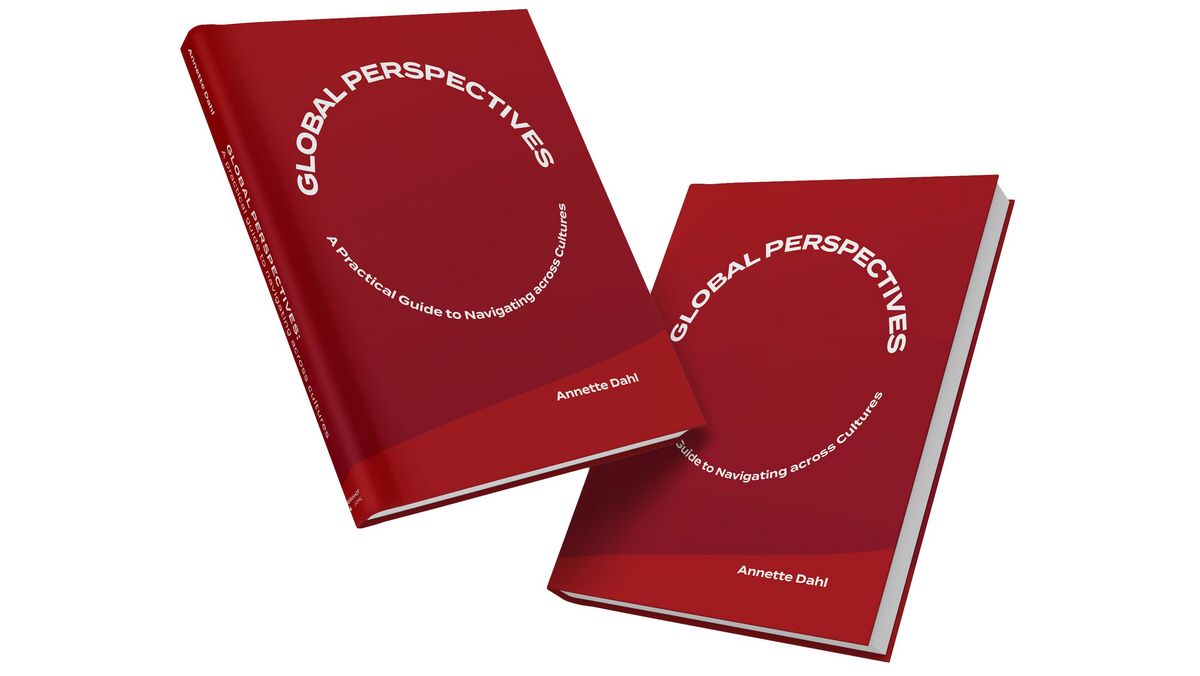Your brain is bombarded with an incredible amount of information every day.
But the brain is lazy and tries to save energy. Therefore, it takes a shortcut by forming patterns from past experiences that it can use to filter and categorize new information.
The shortcuts make it faster for your brain to process new input. This happens, for example, when you meet new people, make decisions or interpret the things you experience. And most of it happens completely unconsciously.
But the shortcuts, also known as bias, can cause problems.
The unconscious biases can cause you to make poorer decisions or get locked into perspectives that are not beneficial to yourself or your company. And they can lead you to – often without wanting to – exclude colleagues who are different from yourself.
It’s a fact of life that the brain works in this way. In other words, we all have bias.
So, you can't completely eradicate bias.
But you can break your biases by being aware that they exist and make use of a number of tools and methods that can minimize their negative consequences.
And that’s exactly what you and your colleagues will work on at our Break Your Bias workshop.
Why should you work on breaking your bias?
Here are some of the benefits you gain when working on breaking bias in yourself, your team and your entire organization:
More qualified decisions and increased innovation
The more similar you are to each other in your management group, the greater the risk that bias has free rein, leading you to overlook important elements in your decision-making processes.
When you work on breaking your bias, you become better at seeing things from different perspectives. You also become aware that it’s necessary to include different voices that can challenge you and uncover your blind spots.
Bringing different perspectives into play not only leads to more qualified decisions. It also strengthens innovation in your company, so you become better at optimizing your processes, developing new products and spotting new market opportunities.
An inclusive and safe work environment
Our brains automatically categorize people according to whether they belong to our In-group (‘one of us’) or our Out-group (‘one of them’). Research shows that when we listen to a person from our Out-group, our brains make less effort to understand what’s being said compared to a person who belongs to our In-group. And, at the same time, we’re much more likely to trust people from the In-group than people from the Out-group.
The brain’s In-group-Out-group mechanism is also known as ‘In-group bias’. And it is one of the many biases that come into play when we collaborate with colleagues who are different from ourselves. There’s also plenty of bias related to different groups, e.g., based on gender, age, disabilities, ethnicity, nationality or professional background.
If the (often unconscious) biases in question are not challenged, they can be one of the biggest barriers to inclusion. Because you run the risk of – most certainly without wanting to – excluding groups of or individual colleagues who do not look like you.
When you work on breaking your bias, you learn to help your brain on its way to achieving good collaboration with colleagues who are different to you. And you become aware of how you can adjust your language and actions so that you include all colleagues in the group.
The result is a working environment where everyone feels included and psychologically safe, so they are comfortable bringing their different perspectives into play.
Stronger employer branding and recruitment
There’s a trend in younger generations across countries around the world. They insist on being able to safely bring their whole selves to work and be accepted for who they are. And they don't want to be in workplaces with bias flying around and colleagues putting them in boxes based on, for example, their age, ethnicity or gender identity.
It’s a trend that no company today can afford to ignore. And when you actively work on breaking your bias, you’re sending a signal to future employees that you put diversity, equity, and inclusion high on the agenda.
Besides that, the recruitment process itself is one of the places where it’s extra important to be aware of bias. Is your choice of recruitment channels characterized by habitual thinking? Are there any blind spots that influence the way you screen applicants? And what about the job interviews themselves?
When you become aware of the possible biases at play, you can adjust the recruitment process so that you minimize their effect and ensure that you choose the right candidate for the job.
Benefits of the ‘Break Your Bias’ workshop
At the Break Your Bias workshop you will learn what bias is and why we all have bias.
You’ll work on identifying the unconscious biases that are at play in your daily work and what consequences they may have for you, your team and your organization.
Throughout the workshop, the focus will be on how you translate the new knowledge into concrete action, so that you create better results in everyday life.
The workshop provides you with:
- knowledge about the types of bias that are typically the most important for your specific work area and processes;
- simple and powerful tools that you can use to spot bias and minimize its consequences;
- methods for strengthening decision-making processes, innovation and engagement by reducing bias;
- input on how to gain the full benefit of diversity in your organization and create an inclusive work environment for everyone; and
- a common language for having the sometimes difficult conversations about bias in a non-polarizing, respectful and empathetic way.
We create a psychologically safe learning space at the workshop where everyone has the opportunity to ask questions and offer input – no matter your cultural background or personal preferences.
If you collaborate in virtual teams with colleagues around the world, you’ll gain insights into why you must pay extra attention to bias when collaborating remotely, and tips on how to minimize bias in the virtual setting.

